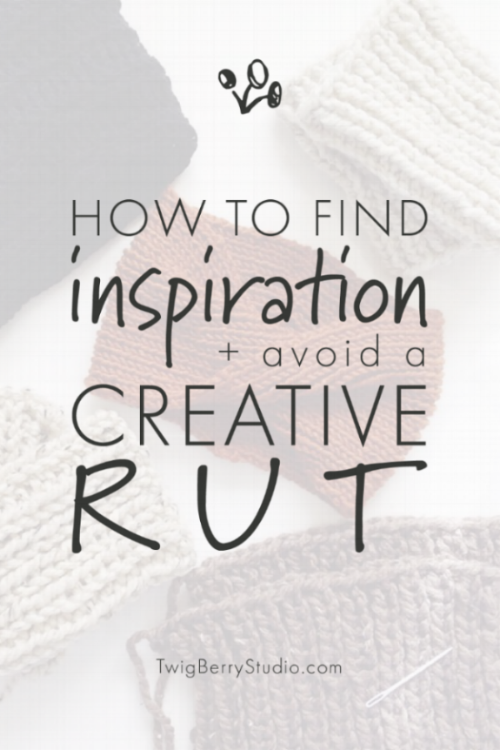I recently had the opportunity to teach several embroidery classes, and it was a blast! I thought it would be fun to give you a peek behind the scenes to how I came up with my designs and projects for the classes.
As far back as I can remember, my favorite projects are always accessory-related. I like how things like jewelry and purses are both practical and stylish. I get so much satisfaction when something I make has a functional purpose. Sometimes it’s nice to make an item because it’s pretty or fun, but I almost always prefer when it also doubles as a useable object. It brings me so much joy! There are so many things we use throughout our day, so why not create a handmade version that is beautiful to look at and exciting to use?
I wanted to apply that to my first few embroidery projects. I didn’t want to make something that could only be displayed on a hoop—I wanted to make something I could use and wear! So I decided to start with my TwigBerryStudio roots: jewelry and accessories.
Embroidered Necklace Pendants
Mountain Sunset Landscape Embroidery Project
The first project I designed features a mountain sunset landscape. I decided to embroider a tiny scene and turn it into a piece of jewelry, so I made an embroidered pendant necklace. It was a bit of an experiment at first since I had to figure out my own techniques as I went. I’m so happy with how it turned out. I gave it to my sister for her birthday, and she loves it!
It was such a fun piece to make, so I decided to teach one of my classes on this project and offer the supplies as a kit since the materials and techniques are specific to it. I designed a pattern template with a color and stitch guide and wrote down each step to create a detailed instruction download to go with it.
I got so much great feedback, so I have re-stocked my shop with new embroidery kits. They make a perfect gift and come with everything you need to make the project.
You can get your own kit below if you would like to make this project too.
Flower, Leaf, and Twig Embroidery Project
I also designed a flower pendant, and it has quickly become my new favorite piece of jewelry. This is another project that I taught a class on and created a supply kit for. It includes the embroidery pattern, color and stitch guide, as well as simple instructions with all of the steps for embroidering and creating the necklace.
You can get an embroidery kit for this project in my shop if you’d like to make this pendant necklace.
Fading Leaf Boxy Bag Embroidery and Sewing Kit
If you know me, you know I love bags. Project bags, everyday purses, zippered clutch pouches. I love them all. Bags are probably my favorite thing to sew. Over the years, I’ve designed so many different types of bags for my shop.
So of course I had to create an embroidery project that had something to do with a bag. I had this boxy bag that I keep crochet and knitting tools in. Its blank canvas was begging for some handy stitching to add some color and detail, and my next design idea was brewing.
I decided to come up with a technique for embroidering onto an existing bag. I also wanted to include a sewing option so you can make the boxy bag and either embroider before or after your bag is made. The end result is exactly the same either way.
A pretty vine or branch design with a subtle color change is what I had in mind. I ended up drawing out a leaf. Do you see the thread’s ombre fade as you go from one tip of the design to the other? It adds more interest while keeping the stitching simple and clean.
I broke the process down into steps and designed my leaf pattern. Then I wrote out the process and filmed my class as I created the leaf stitching.
Just like the embroidered necklaces, I created an instruction and pattern manual to go along with it. It has a color and stitch guide and walks through the entire process. It also includes the option to make the entire bag from scratch if you’d prefer to sew your own boxy bag too.
And I just had to put together kits for this project either. I created an embroidery kit that includes a premade by that I make for you along with all of the supplies to embroider the leaf design on to it. And I also designed a sewing + embroidery kit where you have everything you need to make the bag as well as embroider the design.
With either option, you will have a perfectly finished bag with no thread ends or unsightly raw edges. Even with the no-sew option that includes a premade bag, I came up with a simple technique for you to embroider and finish the bag so that all of the underside of your embroidery work is hidden and all you see is the nice lining when you look inside. This makes me so satisfied!
You can get these kits in my shop if you would like to embroider and/or sew this fading leaf boxy bag.
All three of these projects were so much fun to create, and I hope you enjoy making them too! Which one do you like best? Have you made any of them or attended the classes? I would love to know! Leave a comment below.
Get an Embroidery Kit
Browse the embroidery kits in my shop here.
Take an On-Demand Class
You can also take a look at my embroidery class here.
Happy making!
〰️ Sarah







